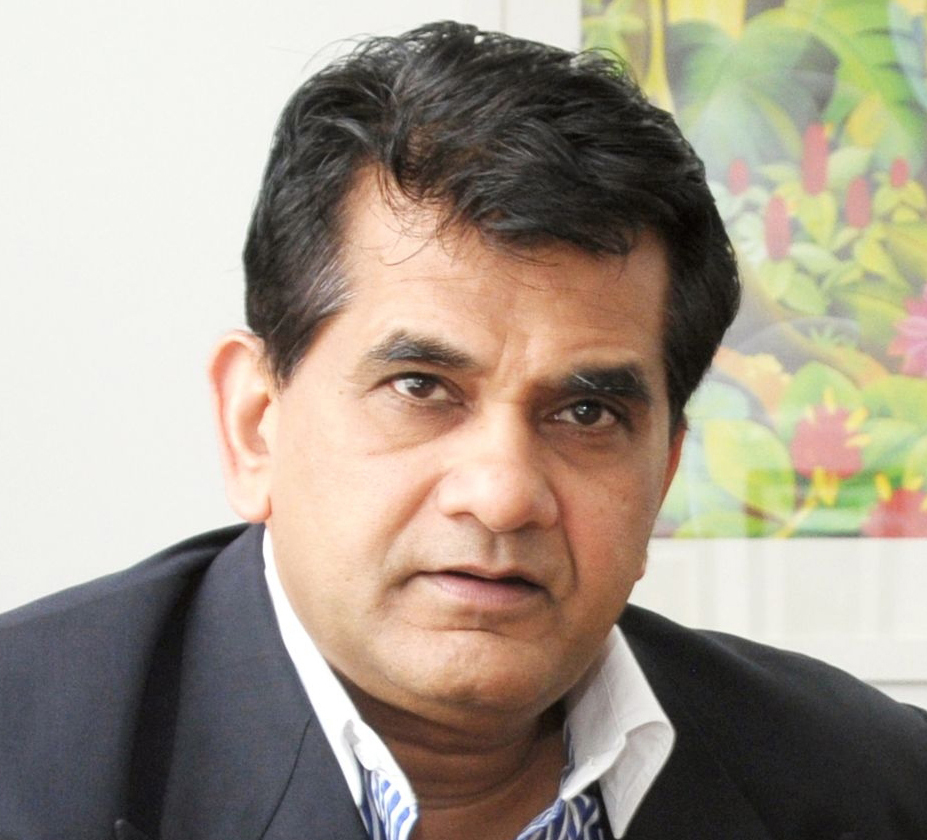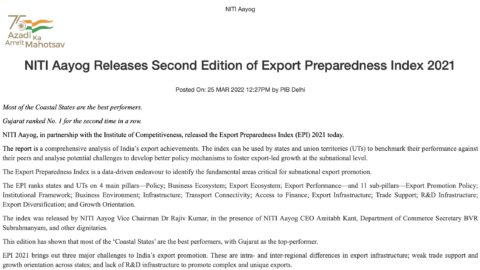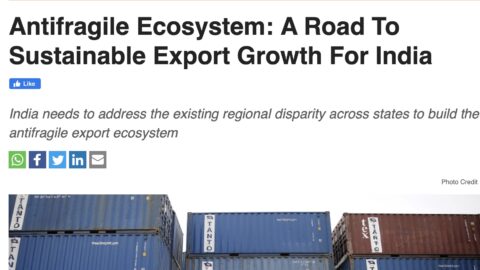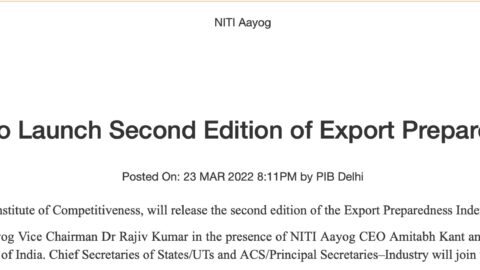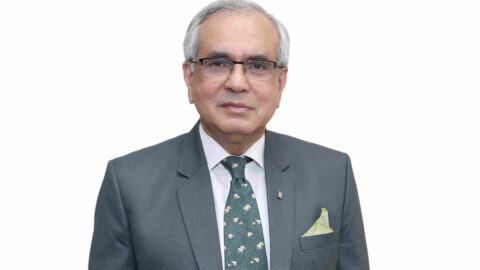Since 1991, India has been pushing forward to engage with the global economy. Export growth is an essential tool for the country’s overall economic growth. India has been formulating outward-looking policies to shift from import substitution to more export-oriented growth.
The export-oriented policies at the national level have influenced the states to become more competitive. They are motivated to create an export centric approach within their states by formulating policies according to their strength and valuable resources. Under this background, the data-driven Export Preparedness Report evaluates the key parameters impacting the state’s export ecosystem. Acknowledging the complexities and variations caused by spatial segregations, the report has created four categories: Coastal, Landlocked, Himalayan, and Union Territoy/City-States. These categories will help the states/UT’s recognize the opportunities and best practices that can be adapted to expand their export portfolio.
In 2021 we entered another year impacted by the Covid-19 pandemic, but our country learned from the challenges and developed a better strategy to foster sustained economic growth. Further, the global crisis has provided
India with an opportunity to undertake export-oriented expansion through a focused policy shift to strengthen its manufacturing capabilities and promote value-added Indian products globally.
The Export Preparedness Index (EPI) is a data-oriented report seeking to identify the opportunities and bottlenecks for each state and recommend context-specific strategies to address various export-related challenges. This second edition of the index improves on the methodology and evaluation process undertaken by the first. The index continues to act as a benchmark in assessing the performance of states and union territories and promoting peer to peer learning to enhance their respective performances.
The Institute for Competitiveness is grateful to NITI Aayog for their knowledge contribution and constant support throughout the evaluation process. I want to thank Dr Rajiv Kumar, Vice Chairman, NITI Aayog and Shri Amitabh Kant, CEO, NITI Aayog, who gave continuous feedback during the time we were working on the report. I want to acknowledge the valuable insights shared by Shri Ishtiyaque Ahmed, Senior Adviser, NITI Aayog and Shri Kundan Kumar, Senior Advisor, NITI Aayog, right through preparing the Export Preparedness Report 2021.
Finally, I would like to thank my team at the Institute for Competitiveness, including Sheen Zutshi, Subhanshi Negi, Jessica Duggal, Akshay Bhambri, Pushpinder Meena, and Rishi Jain for preparing this report. I hope that the Export Preparedness Report 2021 can be useful for formulating policies and devising export-oriented strategies at the state level and prove to be an effective instrument for all the states and union territories in their collective journey to make India an export-driven economy.




